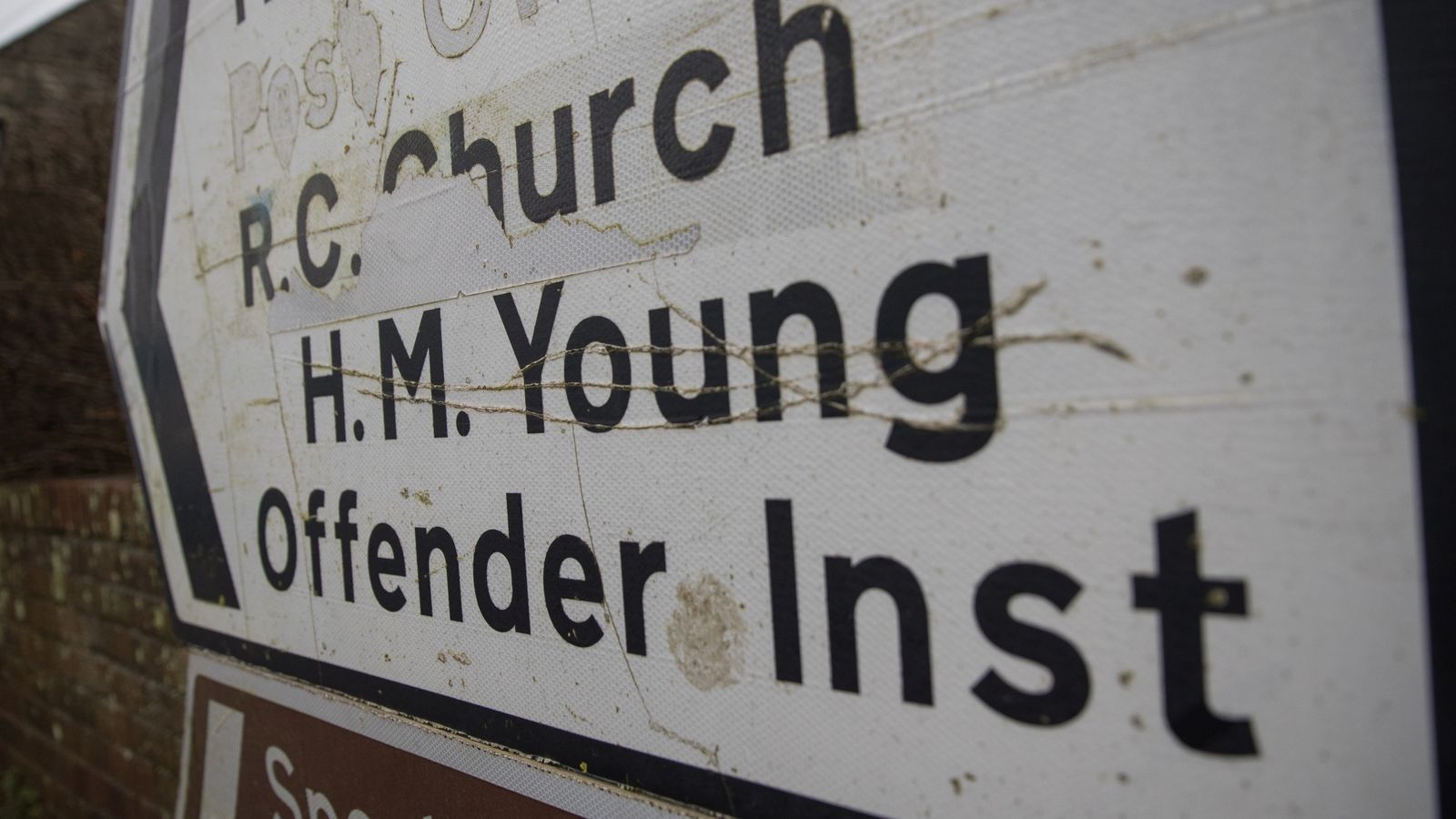The number of children in custody in England and Wales is expected to more than double by September 2024.
A new report has found that while the average number of children in custody fell by 73% in the decade between 2010 and 2020, numbers are expected to rise rapidly in the next months.
The National Audit Office (NAO) which compiled the study says this is partly to do with the uptick in court cases being heard since cutbacks during the COVID pandemic and partly down to the impact of the Police, Crime, Sentencing and Courts Bill, and government plans to recruit extra police officers
It also notes that the opening of a new secure school has been delayed by three years.
It is expected the number of children aged 15 to 17 in young offender institutions will double, from 343 in July 2021 to 700 in July 2025, the report said.
This would be similar to pre-pandemic levels (737 children were in custody in March 2019/20), but significantly lower than a decade ago – in 2010/11, 2,027 children were in custody in March.
Read more: Young offenders ‘set up to fail’ after release from custody
Courts to consider young offenders’ backgrounds when sentencing
COVID-19: Homes and offices raided by police in secret PPE fraud probe
Katie Kenyon: Man charged with murder of missing 33-year-old from Burnley
NHS compensation scheme ‘not fit for purpose’ and reform is long overdue, new study shows
The report also finds that ethnic minority groups are overrepresented in custody.
Over half – 53% – of children in custody in the year ending March 2021 came from ethnic minority backgrounds, up from 32% in 2011.
Black children accounted for 29% of children in custody, compared with 18% in the year ending March 2011.
The investigation further found that around one third of children in custody reported having a known mental health disorder, while many had other health problems and learning difficulties.
‘Mounting concerns’
Boys made up 97% of children in custody in 2021, but the report notes that while the proportion of girls held in custody is low, they have some of the most complex needs, and are likely to have experienced sexual and physical victimisation.
The rate of self-harm incidents per 100 children had increased by 90% among children in custody from March 2015 to March 2021, the report also noted.
It recorded that in February 2022, there were 414 children held in custody, either in secure children’s homes, young offender institutions (YOIs) or secure training centres (STCs) and said that there had been “mounting concerns” over the safety of children held in STCs.
It said inspectors had “persistently raised concerns” over the welfare of children in England’s three STCs, rating them as either inadequate or requiring improvement in every year since 2017.
The NAO said STC “failures” had meant children were moved to areas of custody that had previously been viewed as unsuitable for their needs.
In 2016, a government-backed review of the youth justice system recommended the creation of secure schools, which would provide education and rehabilitation to children in a “therapeutic environment”.
The Ministry of Justice said it would create two new secure schools, but the opening of the first one has been delayed by three years from autumn 2020 to November 2023.
Sentences increased
The report said progress had been slower than expected because of the assumptions made about the timescale at the start of the project, as well as the changes HMPPS (Her Majesty’s Prison and Probation Service) needed to make to meet Ofsted guidance on standards for secure children’s homes and the costs involved.
The government has said it expects secure schools to provide places for all children, but the provider will have the final say on the children who are accepted.
In July 2019, the government appointed Oasis Charitable Trust to run the first secure school, which is expected to provide 49 places.
Under this arrangement, managers will be able to reject children if they feel they cannot meet their needs.
The NAO report also found the average length of custodial sentences for children has increased from 11 months to 17 months between 2011 and 2021.
A Ministry of Justice spokesperson said it was committed to both ensuring public safety and achieving “the best possible outcome for every child in our care”.
“Our new Secure School will put education, healthcare and rehabilitation at the heart of our efforts to cut crime and keep the public safe.”







